When It Comes to Climate Change: Think Globally, Act Locally
PLATKIN ON PLANNING-By now we have all read news articles that President-elect Donald Trump is a climate change denier, and that his administration will turn back the meager progress made by the Obama Administration’s on climate issues. Meager. This story from the National Geographic is typical:
Trump has long questioned whether climate change is real, and he has dismissed claims that it poses a major threat. In public statements and in his campaign platform, the New York real estate developer and reality TV star has extolled a resurgent U.S. fossil fuel industry, at the expense of existing policies combating climate change. He has also said that he will cut U.S. payments to United Nations climate change programs. The President-elect’s stance on climate change runs counter to physical evidence, near-universal scientific consensus, and analyses by military experts and the U.S. Department of Defense. What’s more, Trump has hinted that he might cut the U.S. Environmental Protection Agency, as well as roll back the Obama administration’s Climate Action Plan and associated policies, including participation in the Paris Agreement.
My point, though, is not to repeat this news, but to emphasize that much of the heavy lifting to mitigate and adapt to climate change – including in Los Angeles -- is the responsibility of local officials. Since the Federal Government has done so little on this issue and will do even less under Donald Trump, we must now turn to the vast array of local climate-related programs that can be pursued by households, non-profits, and most importantly by City Hall.
Households: While changes in personal behavior amount to a small amount of the climate picture, we need to ramp them up to spur political change in local government. These personal actions include, but are hardly limited to planting drought tolerant gardens and trees in lie of grass, installing rooftop solar, insulating attics, operating fans instead of 24/7 air conditioning, walking and bicycling, joining a community garden, adopting a no or low meat diet, turning down thermostats, using clothes lines, unplugging appliances, getting rid of old fridges, and even taking shorter showers.
Non-Profits: Because well-intentioned life style changes have minimal cumulative impacts in reducing Green House Gases, the next arena of political action is local non-profit organizations engaged in collective actions to mitigate climate change. Having taught a class on this topic, these are my top ten, but there are dozens of similar groups eager for your help:
- CicLAvia
- Heal the Bay
- LA Walks
- Los Angeles County Bicycle Coalition ]
- Los Angeles Guerilla Gardening
- Neighborhood Council Sustainability Alliance
- Move LA
- Northeast Trees
- Transit Coalition
- Tree People
City Hall: While the contributions of individuals and non-profit organizations are always welcome, they cannot replace local governments’ responses to climate change. The good news is that local governments across the entire planet are stepping up to these tasks. The other good news is that we know, in exact deal, what local governments can do. More specifically, when LA’s current mayor, Eric Garcetti, was elected, UCLA’s Institute for the Environment and Sustainability issued an 82-page report, Vision 2021: A Model Environmental Sustainability Agenda for Los Angeles’s Next Mayor and City Council. This report precisely identified exactly what LA’s Mayor and City Council should undertake to mitigate and adapt to climate change in Los Angeles.
The bad news is that in Los Angeles, despite devastating information about local climate change impacts in the 21st Century, City Hall is only taking baby steps. To counteract this foot-dragging and expected hostile actions from the Trump administration, they must decisively and dramatically change. While I encourage everyone, including our officials, to carefully study the UCLA reports, these are a few of my take-aways from t11 broad policy and program categories.
- Planning: Local government needs to systematically plan for climate change. At present, the Garcetti administration prepared its own Climate Action “pLAn” to unknowingly replace a similar shelf Climate Action “Plan” from the Villaraigosa Administration. But these are only executive documents, not plans in any formal sense because they have not been subject to public hearings, staff reports, debates, and legal adoption. They are not connected to the General Plan and have no connection to its policies, programs, and monitoring for land use, housing, transportation, open space, conservation, public safety, infrastructure, public services, and air quality. These are all General Plan elements, and City Planning intends to update them all. Furthermore, if/when Los Angeles voters adopt the Neighborhood Integrity Initiative in March 2017, the city’s laws, not just professional planning practice, will mandate the total update of the General Plan.
- Priorities: Local government needs to get its priorities straight, and they should not include major public investments that promote automobile driving, whether through freeway expansion or the City Council’s discretionary approvals for auto-centric buildings. Perhaps the most striking example of poor priorities is CalTrans and Metro’s $1.6 billion investment to widen the I-405 Freeway between I-10 and the 101. Despite the additional lanes, just as critics predicted, this highway is still gridlocked. Furthermore, just think of what else could have been done with that enormous pile of money. It costs approximately $5 million per mile to re-pave streets, repair and widen sidewalks, plant trees, upgrade street lights, construct ADA curb cuts, install bicycle infrastructure, and build bus pads and lanes. These 300 plus miles of enhanced corridors could have fixed all LA’s major east-west corridors, such as Sherman Way, Burbank, Melrose, Olympic, Washington, and Slauson. If this had happened, the reductions in the generation of Green House Gases would have vastly exceeded the increased driving resulting from the over-priced 405 widening boondoggle.
- CEQA: The California Environmental Quality Act should be strictly followed since it forecasts increased Green House Gases levels to City officials. The Mayor and the City Council should not ignore these findings by consistently and unanimously approving the most environmentally damaging alternatives with their unverified claims of increased transit use.
- Building Permits: The same environmental approach should apply to projects that the Department of Building and Safety ministerially approves. McMansions, for example, are massive energy hogs that should be stopped in their tracks. Nevertheless, on Tuesday of this week, the City Council’s Planning and Land Use Committee (PLUM) reinserted toxic loopholes into amendments that were supposed to finally cleanup the useless Baseline and Hillside Mansionization ordinances.
- Urban Forest: Of all the infrastructure improvements that City government can make, the urban forest should be at the top of the list. Trees are nature’s own antidotes to high Green House Gas levels, and they also allow rain to percolate into the soil, while creating a tree canopy that shades pedestrian activity.
The question facing Los Angeles’ elected and appointed officials is quite simple. Will they stick to business as usual, which means a few more climate baby steps, largely changes at the Department of Water and Power over electricity generation. Or will they quickly and dramatically move on the 11 climate categories recommended in the UCLA report? Putting in bluntly, will they finally kick their addiction to real estate speculation and devote themselves to the city’s, the region’s, and planet’s future?
(Dick Platkin is a former LA City Planner who reports on local planning issues for CityWatch. He also has taught classes on sustainable city planning at USC’s Price School of Social Policy. He welcomes questions and comments at [email protected].) Prepped for CityWatch by Linda Abrams.




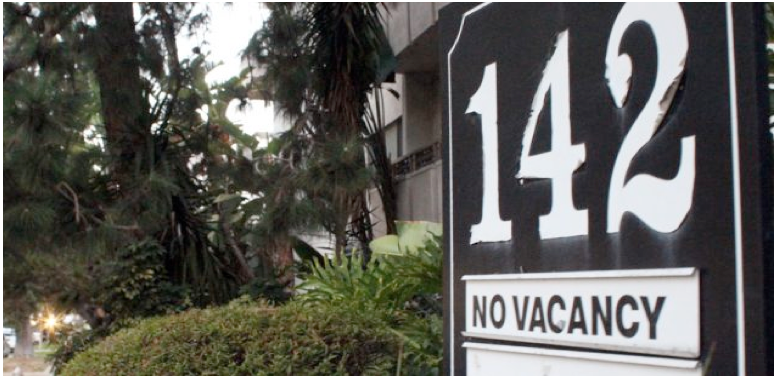



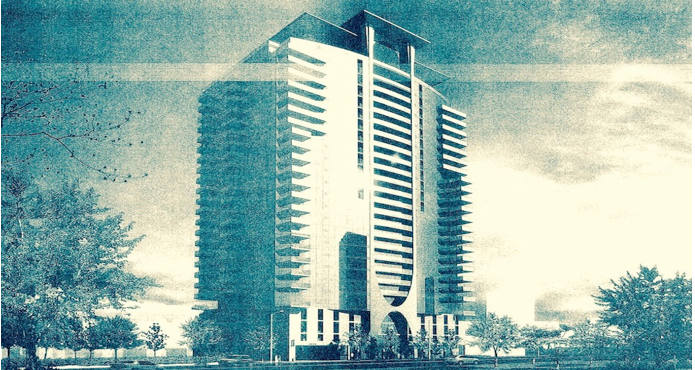




 The first order of business is to decide that we are serious. To borrow a phrase from an old movie, it's called commitment. It will take tens of millions of people, acting in concert, to make the point properly.
The first order of business is to decide that we are serious. To borrow a phrase from an old movie, it's called commitment. It will take tens of millions of people, acting in concert, to make the point properly. 
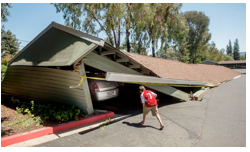 Here's a bit of good news. What we've learned is that your own effort on the individual level need not be all that extreme. There is a training program called
Here's a bit of good news. What we've learned is that your own effort on the individual level need not be all that extreme. There is a training program called  NCEPA will have one additional request to make. The idea of making nearly 4 million people a part of disaster preparedness is an ambitious idea. We will expect the city to think about budgetary requirements. If the city were to set aside a mere one-tenth of one percent of the annual budget for the emergency preparedness process, that would amount to something like five million dollars. This would be more than enough to create dozens of new CERT trainers, to print training materials, and to send city employees to local meetings.
NCEPA will have one additional request to make. The idea of making nearly 4 million people a part of disaster preparedness is an ambitious idea. We will expect the city to think about budgetary requirements. If the city were to set aside a mere one-tenth of one percent of the annual budget for the emergency preparedness process, that would amount to something like five million dollars. This would be more than enough to create dozens of new CERT trainers, to print training materials, and to send city employees to local meetings. 

 The level of impunity regarding the contamination of our most precious resource is astounding. From the lead contaminated waters of Flint to the Enbridge cover up exposed by John Bolenbaugh, it is clear that our water supply is of paramount importance at this time. As Donald Trump continues to appoint those who promise to continue to imperil life on earth, it is more urgent than ever to act.
The level of impunity regarding the contamination of our most precious resource is astounding. From the lead contaminated waters of Flint to the Enbridge cover up exposed by John Bolenbaugh, it is clear that our water supply is of paramount importance at this time. As Donald Trump continues to appoint those who promise to continue to imperil life on earth, it is more urgent than ever to act. 
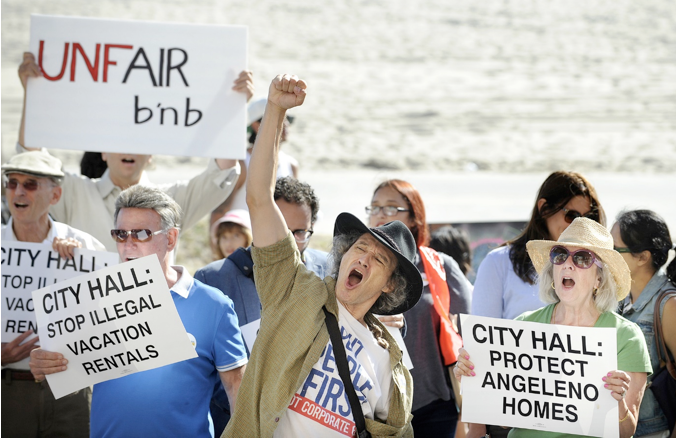


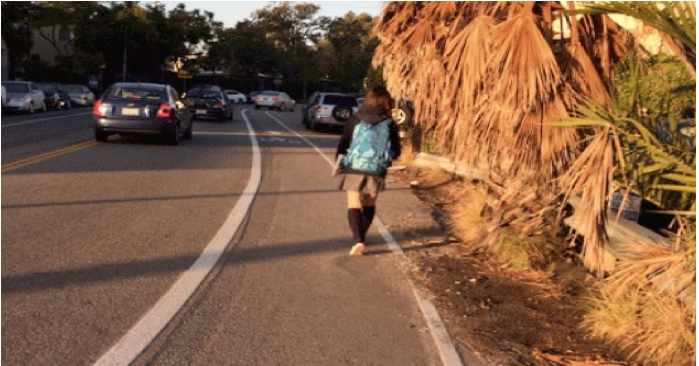
 Now, Councilmember Koretz is claiming credit ($300,000 of taxpayer money credit) for reducing wheel squeal noise as the train passes Cheviot Hills. At last night’s meeting, Koretz spoke on Expo line “problems” including “an unanticipated screech of the wheels” stating: “We’ve been trying to figure out different ways to address that.…. So, we’ve actually gotten the Expo Board to approve a $300,000 expenditure to bring a huge wheel-grinding machine.”
Now, Councilmember Koretz is claiming credit ($300,000 of taxpayer money credit) for reducing wheel squeal noise as the train passes Cheviot Hills. At last night’s meeting, Koretz spoke on Expo line “problems” including “an unanticipated screech of the wheels” stating: “We’ve been trying to figure out different ways to address that.…. So, we’ve actually gotten the Expo Board to approve a $300,000 expenditure to bring a huge wheel-grinding machine.”













